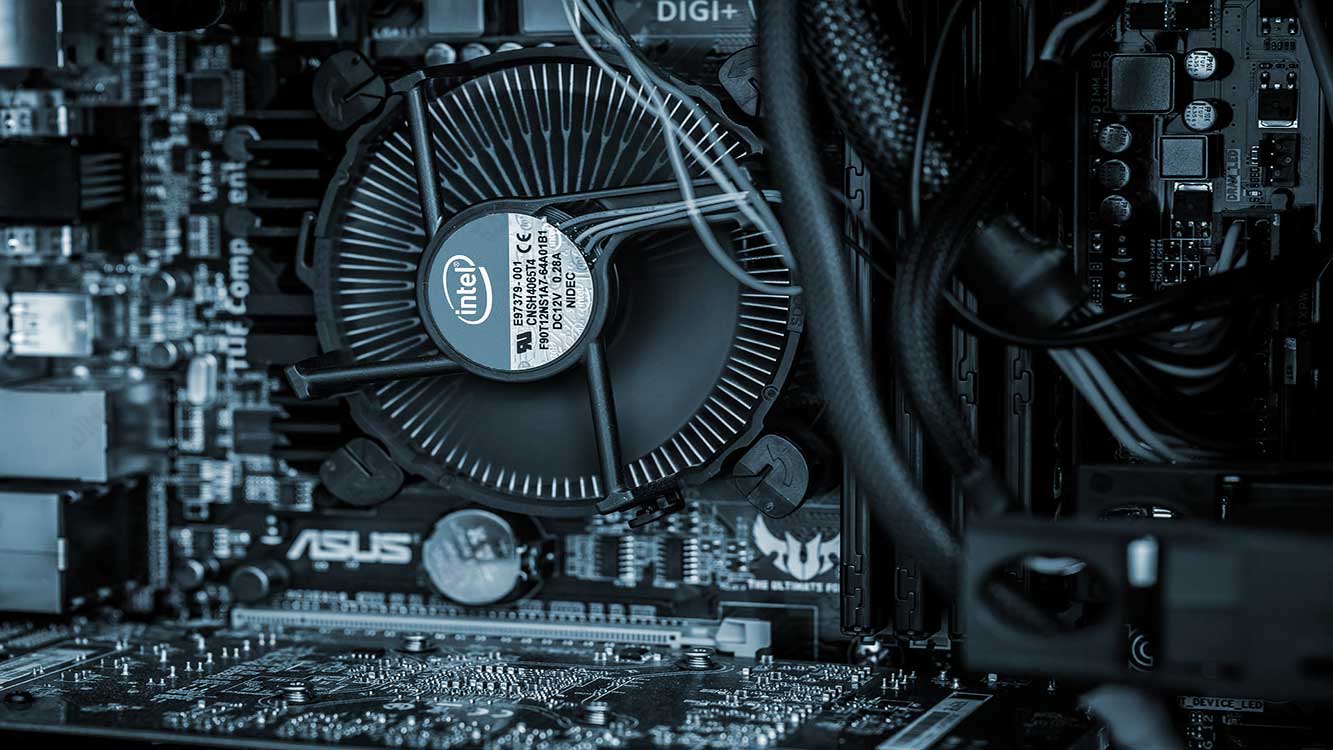Is the screen immediately visible to you? If a notification such as “No Video Signal” is displayed, this cannot be considered a live screen in this situation. You should reach the BIOS screen, which can be either the system BIOS or the loading of the adapter BIOS, at a minimum.
Is the system working properly? Can you detect audible signs such as beeps, rotating drives, or fans? If the power source does not work, it is recommended to check for possible malfunctions in the power supply. We recommend performing this diagnostic again before concluding that the motherboard is faulty.

If you have not performed Video Failure diagnostics for an inactive screen, it is recommended to perform this procedure immediately. It is important not to neglect basic steps such as checking the power cord and outlet. Performing video diagnostics may result in the purchase of replacement parts for properly functioning hardware.
RAM Problem Check
Incorrect placement of memory modules is one of the things that most often causes setbacks due to motherboard or RAM upgrades. Lower the lever first when inserting the memory module and it will automatically rise and secure the module properly.
CPU Problem Check
Another cause could be an improper installation of the CPU, regardless of whether it is placed in a slot or socket. Make sure the CPU socket is aligned with the surface of the motherboard by checking and adjusting it with adequate lighting and a flashlight if needed.
Some CPUs may be completely covered by heat sinks, making it difficult to detect edges. However, the heat sink must be aligned parallel to the surface of the motherboard. This is especially true in cases where a new motherboard has been installed or the CPU has recently been upgraded.
This is because the CPU socket holds the processor firmly and an additional clamping layer is provided by the heat sink. If you’ve recently installed the CPU socket, it’s important to remove the heat sink and CPU to thoroughly check for signs of damage, such as bent or broken pins.
If the socket lock arm is not fully lifted before inserting the CPU or lowered completely afterward, the CPU will not be properly seated. If your CPU doesn’t fit properly into the socket, it can be caused by a faulty socket or a CPU that isn’t compatible with the motherboard. The possibility of the CPU escaping from the socket due to thermal shock is very small.
A system can malfunction due to a malfunctioning CPU. Today, all CPUs require a cooler, and most of them use an active cooling system, which includes a fan located at the top.
Branded systems manufactured on a large scale may have fanless heat sinks installed, thanks to the manufacturer’s internal engineering prowess in conducting careful thermal assessments to ensure that the heat sinks can maintain CPU temperatures within the recommended range.
For the BIOS to set the fan on and off conditions, it is very important to connect it to the appropriate outlet on the motherboard when installed in the heat sink. If you recently installed a new CPU and booted your system without a cooler, there’s a good chance that the cooler has crashed.
If the fan on the currently used heat sink does not work, then it is recommended to replace it and hopes for a positive result. It is important to observe the functionality of the new cooling fan since the reason for the failure of the motherboard can be attributed to its power source.

